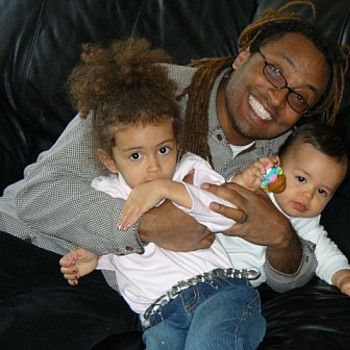Points A and B are at #(4 ,5 )# and #(7 ,2 )#, respectively. Point A is rotated counterclockwise about the origin by #(3pi)/2 # and dilated about point C by a factor of #1/2 #. If point A is now at point B, what are the coordinates of point C?
1 Answer
Explanation:
Given:
Required: the coordinates of C such that
Solution Strategy: a) Rotate
b) Using Dilation about a
a) Rotation of
b) In order to dilate about C(x,y) we need to do do the following:
i) Translation
ii) Dilate by 1/2,
iii) Undo the translation:
Putting i), ii) and iii) we can wrtite:

